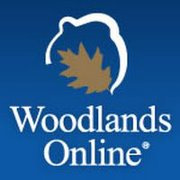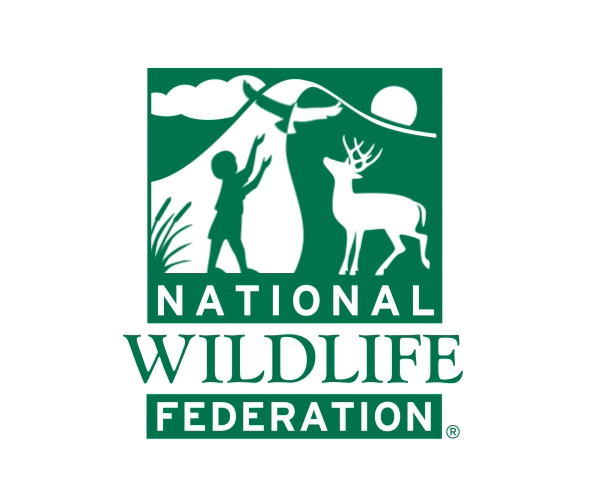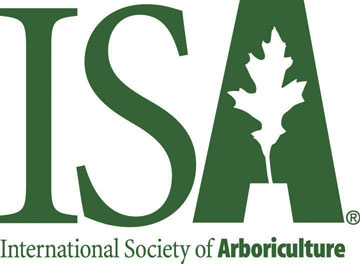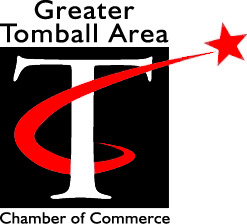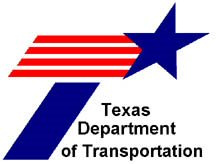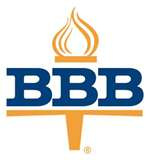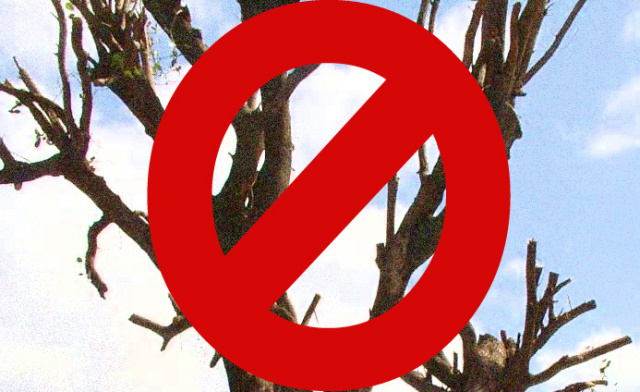 Professional tree services have been rather vocal against the practice of topping trees. Many may wonder what is tree topping, and why is it so bad?
Professional tree services have been rather vocal against the practice of topping trees. Many may wonder what is tree topping, and why is it so bad?
Tree topping is the practice of severely pruning back the limbs of the tree back to the largest branches and effectively removing nearly all – if not all – of the leaf-producing twigs and stems.
The practice of tree-topping is a rather old school practice – it was very common in the 50’s and 60’s. More current research about the biological effects of the tree topping method of pruning proves that it is horribly traumatic to the tree. Topping trees ultimately results in trees that are more dangerous and less aesthetically pleasing.
The professional tree services industry provides these top four reasons why you should never top a tree:
-
Starvation. Trees need a proper crown-root ratio as part of its internal economy for feeding. Tree topping throws the tree off of its system for gauging at what rate it should convert both water and nutrients into energy for tree growth.
-
Shock and Exposure. Tree topping removes a tree’s whole crown, which is shocking to the tree in and of itself. But moreover, by suddenly removing the crown protection, the bark is exposed to the wind, sun, and elements. Tree bark has been known to become scalded by exposure to wind and cold because of the lack of its tree crown. This not only causes poor tree health, but can lead to the tree’s death.
-
Weak Limbs. Severed ends of large branches breeds rot and malformation. New growth that sprouts from large cuts that become diseased will bring about weak growth that is, ultimately, dangerous growth. Those branches are more likely to break.
-
Ugliness. Topping Trees is an ugly practice. The topped trees no longer will resemble its species, and the growth will be bushy, thin, and sickly-looking. It will also be an impediment to the value of your property.
There are better ways to manage the growth of a tree than to resort to tree topping. Rather than topping trees that you own first consult with one of the professional tree services of your area and let an arborist assist you with learning better tree pruning techniques that will meet your objectives and still support the health and welfare of your trees.


